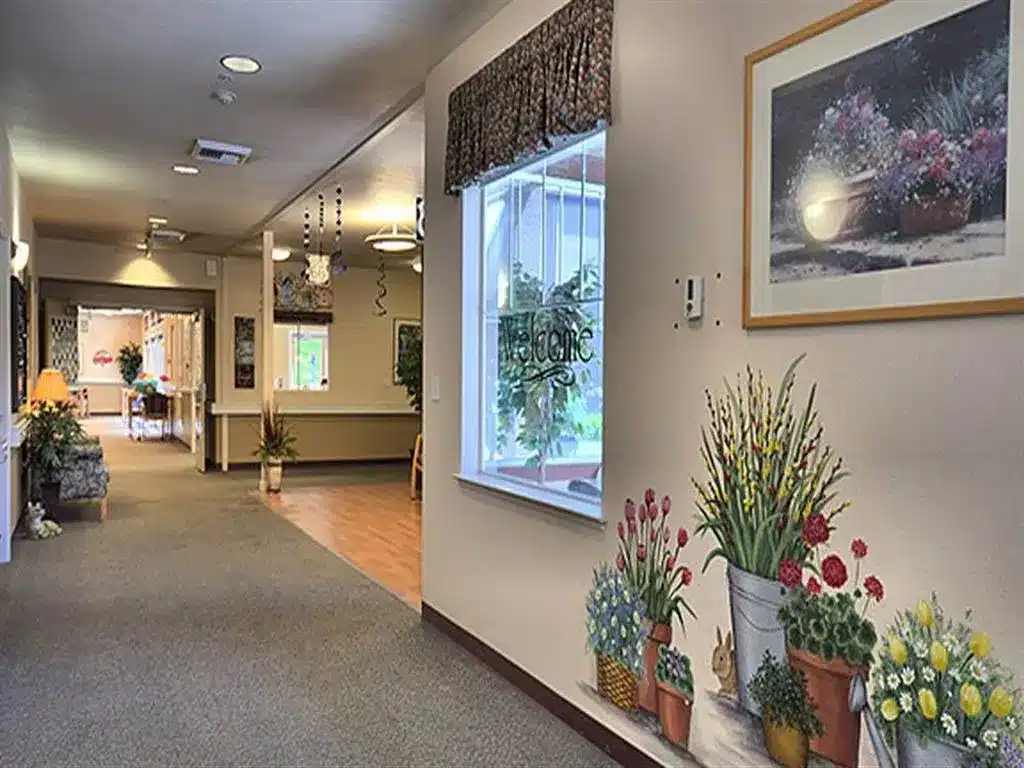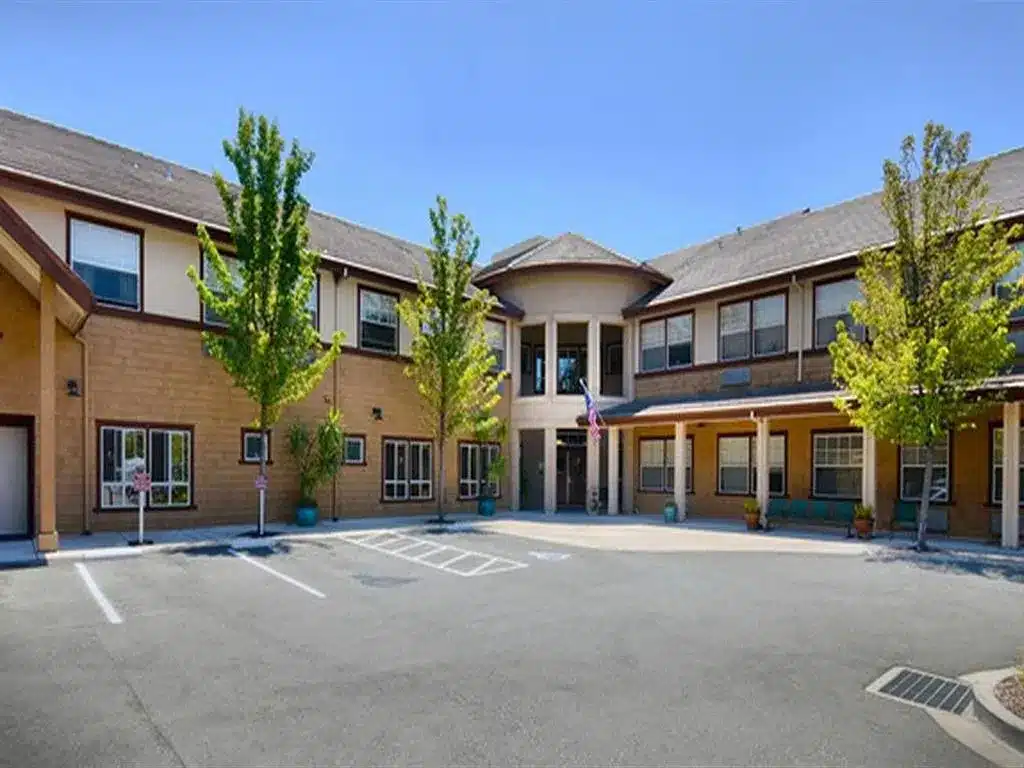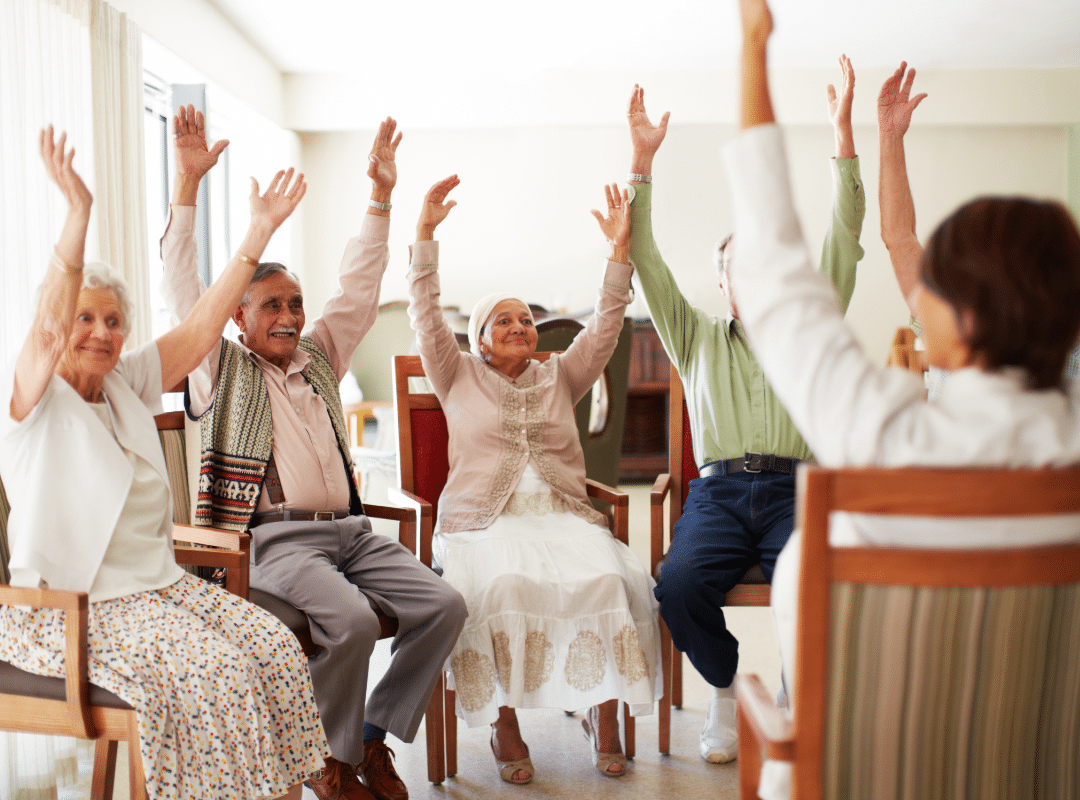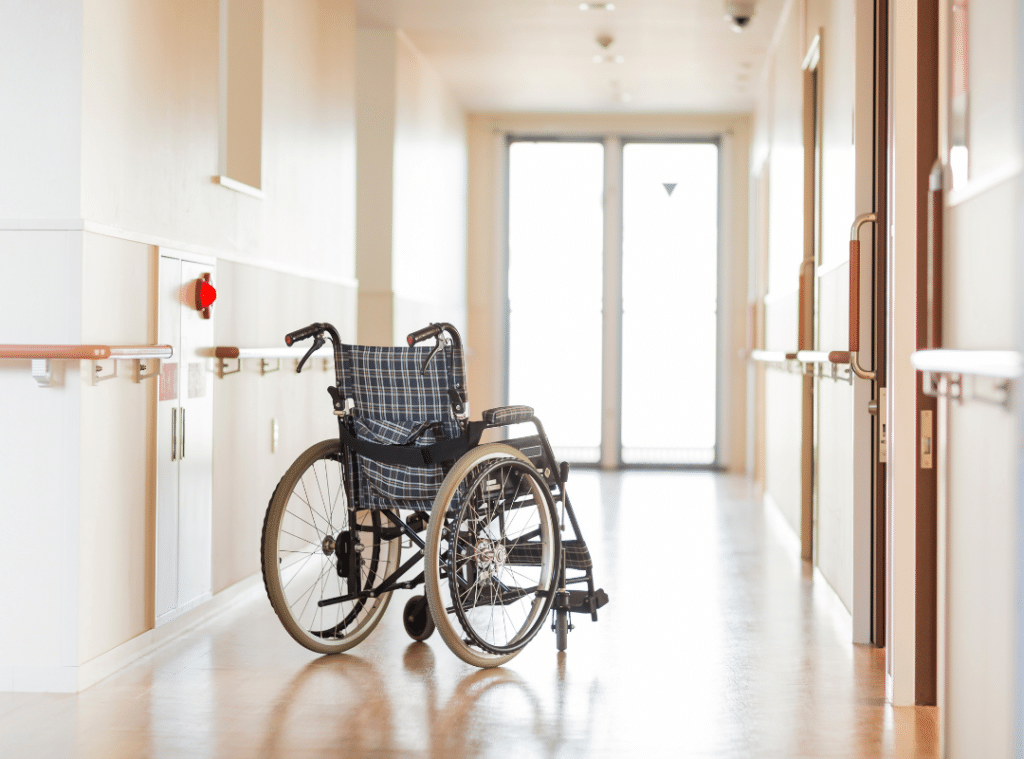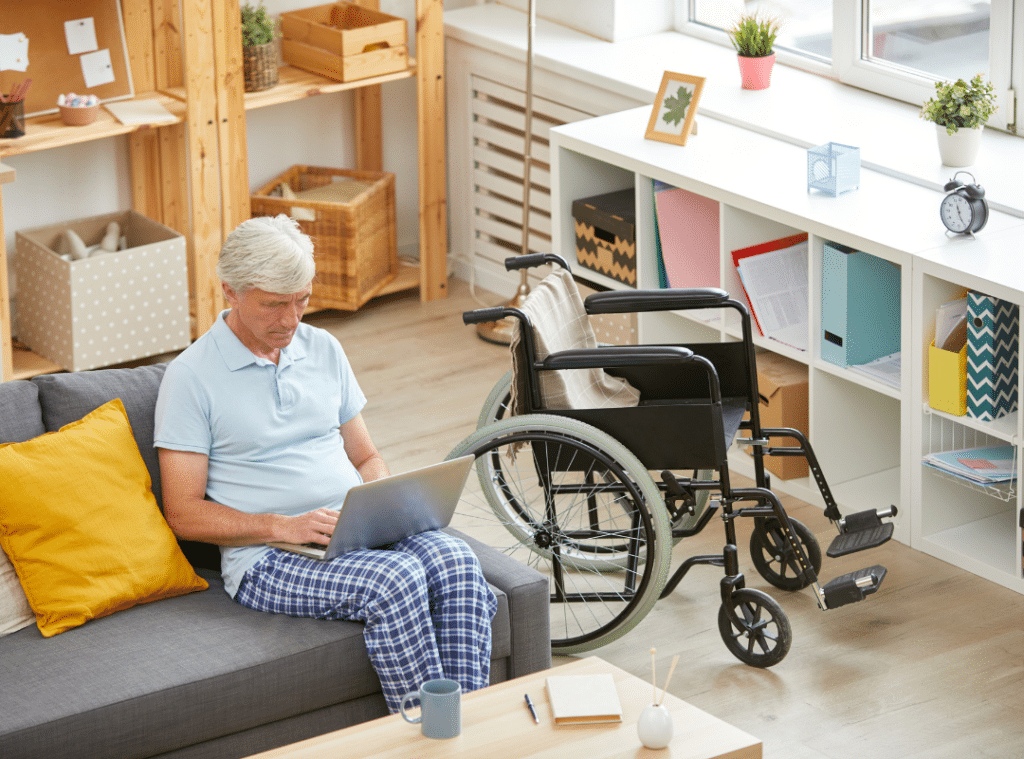What Are the Benefits of Thinking About Retirement Expenses Now?
What Are the Benefits of Thinking About Retirement Expenses Now? A Closer Look
Thinking about retirement expenses now offers peace of mind and control over your future. It lets you clearly plan for healthcare, inflation, and lifestyle needs. Instead of relying solely on Social Security, you can create diverse income streams and set realistic financial goals that suit your vision of retirement.
Why Is It Important to Save for Retirement Early
The earlier you start thinking about retirement expenses, the more options you’ll have. Compounding interest works best when time is on your side. Saving early helps build a cushion against unexpected financial burdens later in life. It also allows you to invest strategically, preparing for medical costs, travel dreams, or supporting loved ones. If you’re wondering why retirement is essential, it will enable you to enjoy freedom and independence without the constant stress of financial strain.
As seen at Westmont of Carmel Valley, understanding average senior living costs can influence early savings decisions and help you tailor your financial plan.
Best Retirement Advice from Retirees
One of the best ways to plan is by listening to those who’ve already retired. The best retirement advice from retirees often centers around two things: start saving early and expect the unexpected. Many retirees wish they had better accounted for rising healthcare costs and inflation. They usually stress that retirement isn’t just about money, but about creating choices for spending your time and energy.
Incorporating their insights into your financial planning can help you avoid common pitfalls. They remind us that retirement isn’t a finish line but a new chapter that deserves just as much preparation.
Understanding the Benefits of Retirement
So, what are the benefits of retirement? Beyond rest, retirement is your opportunity to pursue passions, travel, or volunteer. However, these benefits can only be fully realized with thoughtful preparation. Having the resources to enjoy life on your terms, without sacrificing comfort or health, is the ultimate payoff of early financial planning.
Planning for this chapter ensures that retirement is a time of empowerment, not limitation. The more financial clarity you have, the more you can say yes to your envisioned life. See how planning with Westmont of La Mesa can help you make informed decisions about future living options.
How Inflation Impacts Retirement Living
Inflation may seem a distant concern, but its impact on retirement can be significant. A 2–3% annual inflation rate can deeply cut your fixed income. Thinking about retirement expenses now helps you build an investment strategy that outpaces inflation and protects your purchasing power.
Planning also includes adjusting your expected withdrawal rate and making room for variable costs. Explore the hidden realities of aging expenses with this breakdown on senior living costs, which offers insight into the expenses you might not anticipate.
Healthcare: A Key Reason Why Retirement Is Important
Many people underestimate the cost of healthcare in retirement. A healthy couple retiring at 65 may spend over $600,000 on medical expenses. That’s a powerful reminder of why it’s important to plan for retirement early.
To offset this, consider opening an HSA (Health Savings Account), evaluating Medicare supplement plans, and saving for long-term care. Planning now reduces your stress later and ensures you’re not scrambling for resources in a time of need.
The options explored at Westmont of Chico highlight how thinking ahead—financially and logistically—can make all the difference when facing potential health challenges.

Why Is It Important to Save for Retirement Early—Again
We’ve said it before, but it bears repeating: why is it important to save for retirement early? Because time is your biggest ally. Early saving gives your investments more room to grow, provides more flexibility in how you want to retire, and prepares you for the unknown.
The financial decisions you make today ripple into your future. By focusing on long-term financial goals, you’re investing in more than your retirement—you’re investing in your peace of mind, lifestyle, and legacy.
What to Do 6 Months Before Retirement
As retirement draws near, the question arises: what to do 6 months before retirement? This critical window should be about refining—not beginning—your plan. Review your savings, estimate healthcare costs, and finalize housing choices. Consider how much income you’ll need monthly and what gaps may need filling.
It’s also the perfect time to consult a financial advisor, update your estate plans, and explore housing options like assisted living or independent communities. Thinking about retirement expenses now allows you to enter this six-month window confidently rather than scrambling.
The Value of Financial Flexibility in Retirement
Flexibility is key when it comes to retirement finances. Life rarely goes according to plan, and having a cushion allows you to adapt. Whether it’s helping a family member, traveling on a whim, or handling rising healthcare costs, flexibility begins with thoughtful planning.
Understanding what the benefits of thinking about retirement expenses now mean means you’ve already accounted for the things you can’t control—so you can focus on enjoying what you can. At Westmont of Pinole, retirees and their families benefit from structured, flexible planning that puts them in control. Begin your journey now and take charge of your retirement path.
By thinking about your retirement expenses now, you’re not just preparing for the future—you’re shaping it. As the saying goes, “A stitch in time saves nine.” Proactively addressing your financial landscape, accounting for inflation, and planning for healthcare costs will empower you to enjoy a secure retirement. Remember, the earlier you start, the more time your investments have to grow, ultimately leading to a more fulfilling and stress-free retirement. For guidance on retirement planning, contact Westmont of Pinole at 510-758-1122.
Frequently Asked Questions
Why is it essential to think about retirement now?
Thinking about retirement early gives you more time to build a strong financial foundation. The sooner you start, the more you can take advantage of compound interest and long-term investment growth. It also helps reduce stress later in life by ensuring you’re financially prepared for unexpected events. Planning now gives you more control over your future lifestyle and goals.
What is the $1000 a month rule for retirement?
The $1000 a month rule suggests that for every $1000 you want to receive monthly in retirement, you should have about $240,000 saved. This rule assumes a 5% annual withdrawal rate, which can help sustain your savings over time. While it’s a general guideline, actual needs can vary depending on lifestyle, healthcare, and other expenses. It’s a helpful starting point for estimating how much you’ll need.
What are the benefits of planning for retirement?
Planning for retirement provides peace of mind, knowing you’ll have the resources to support yourself in the future. It allows you to set clear financial goals and make informed decisions about saving, investing, and budgeting. Retirement planning can also help you maintain your desired lifestyle and prepare for potential medical or long-term care needs. Overall, it gives you more freedom and security later in life.
Is it better to save for retirement or spend now?
While enjoying the present is essential, balancing your spending with saving is key. Saving for retirement ensures long-term financial stability and helps you avoid relying solely on Social Security or others for support. Prioritizing saving now can offer more flexibility and comfort in the future. With a wise budget, enjoying life today while still preparing for tomorrow is possible.




